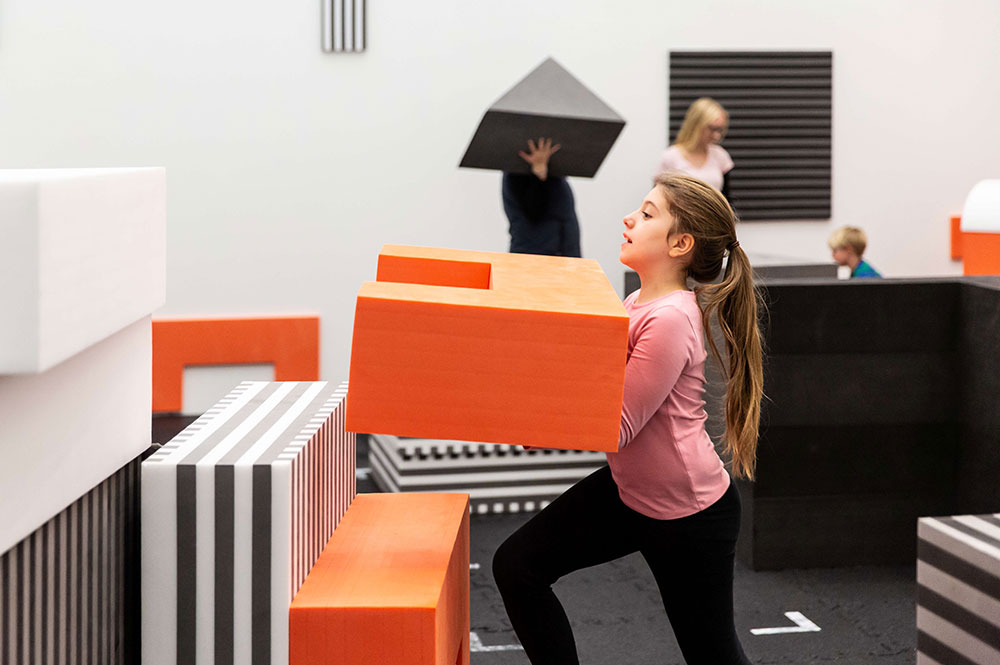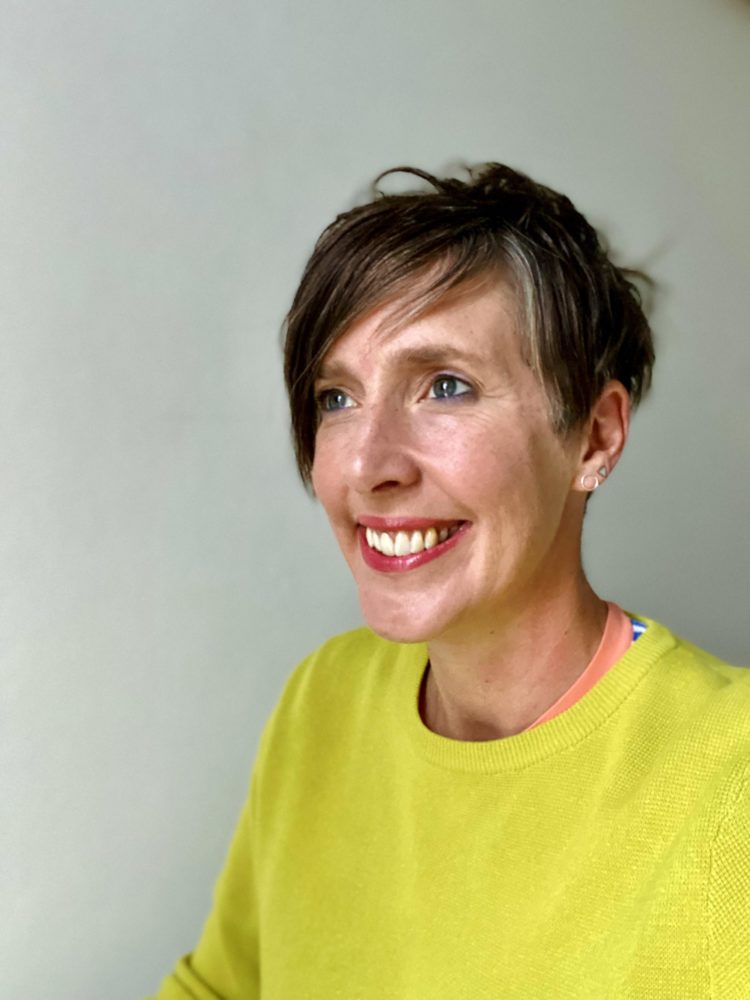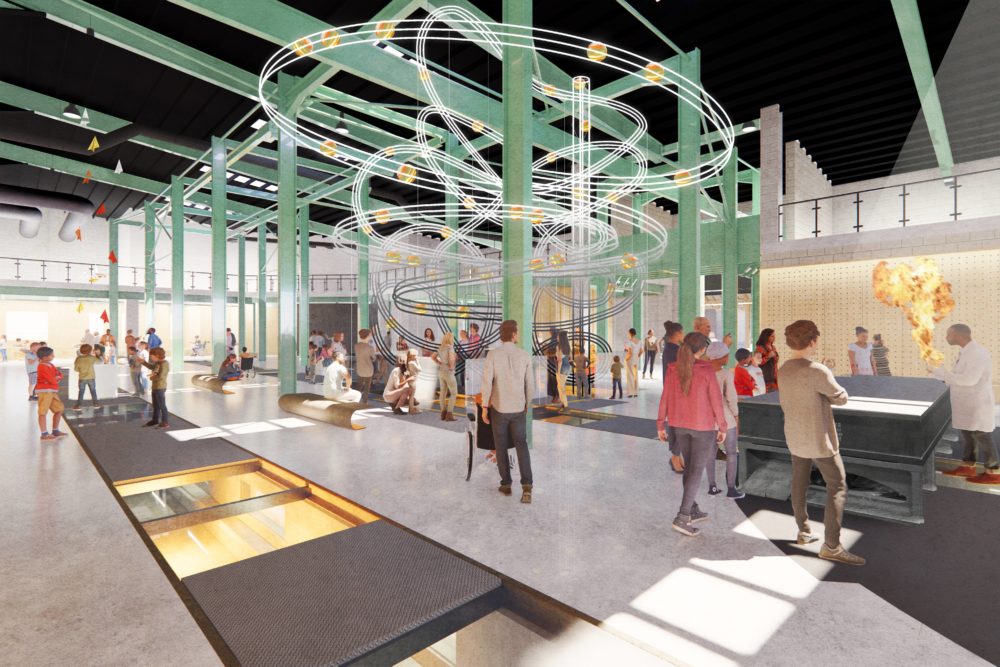The National Railway Museum in York has commissioned Yorkshire artist Pippa Hale to create an installation for its new £5m Wonderlab gallery.
Due to open in spring 2023, the new gallery will feature up to 20 interactive exhibits with a rail engineering theme.
Pippa’s artwork will feature a collection of large interactive blocks that will encourage visitors young and old to design, build and play together.
[tptn_list limit=3 daily=1 hour_range=1]

It is the latest iteration of the artist’s interactive play environment ‘Play Rebellion’ previously installed at the Baltic Centre for Contemporary Art in Gateshead.
Wonderlab will be located in the existing workshop attraction, which will be moved and scaled back in size.
The project aims to create what the museum says will be “a stimulating, sustainable and permissive space that encourages engineering habits of mind”.
Snappy involved

Pippa Hale’s artwork will be produced in partnership with charity the Snappy Trust in York to ensure that the space can be enjoyed by young people of all abilities.
As well as the artist commission, another 15 gallery exhibits have been commissioned from three suppliers including Unusual Projects based in Elvington.
A second artwork will be commissioned before the gallery opens to the public.
The exhibits aim to help visitors think like engineers and will range from large scale immersive experiences to tabletop activities.
Children will be able to build a bridge, enter a wind tunnel and take part in experiments around the themes of power, motion and control.
Rose Mockford, Lead Interactive Gallery Curator at the National Railway Museum, said: “From standing stationary amongst the most impressive locomotives in the world, Wonderlab will take visitors on an active journey which will excite and inspire young people about the world of engineering.”
Pippa Hale said: “I am thrilled to be working with the National Railway Museum on this permanent installation. It will have fixed and moveable parts that visitors of all ages can use to create their own structures.”
